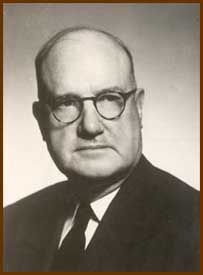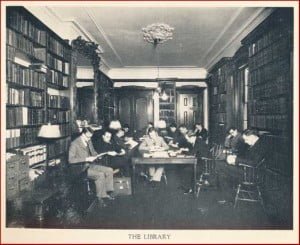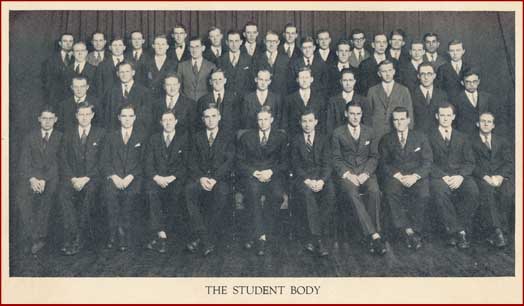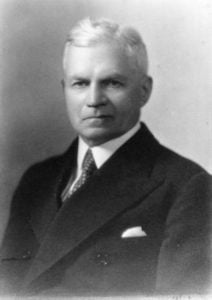Indentured Servant and Iron Maker Signs the Declaration of Independence
by Rev. David T. Myers
Born in Ireland on 1716, and one of eight signers who was foreign-born, George Taylor disappointed his minister father in educational plans to become a doctor by sailing to the American colonies. Indentured in service to Samuel Savage to work as a common laborer in his iron forge in the new country, his passage across the Atlantic Ocean was paid. However his expertise as a book-keeper enabled him to move higher up in the company. When the owner of Warrick Furnace and Coventry Forge died in 1742, Taylor’s had by this time risen in the company to become the manager for the furnace and forge. He married the owner’s widow, Ann Savage.
Working there for the next decade, he was marking time as the will of Samuel Savage dictated that his son would take over the business when he came of age. In 1755, Taylor moved to Bucks County to take over an iron works company there. From the latter, ammunition was provided to the colonies in the French and Indian War.
In the Bucks County deed book, there is a record which states that George Taylor, along with a number of others, purchased one acre of land to be used by the Presbyterian Church in Tineeum Township for a cemetery. This is the first reference we have which speaks of George Taylor as a Presbyterian.
In 1764, Taylor began his political career, short as it was. He served on various committees, picking up an opposition to the British government on the way. Still working in the iron business, he was one of the first business men to supply ammunition to the Continental Army, though there were complaints that his cost was too steep.
It was on July 20, 1776, that he was elected to the Continental Congress, representing Pennsylvania. Like many delegates, he signed the Declaration of Independence later than others, pledging his life and honor to the new nation, on August 2, 1776.
George Taylor died on February 23, 1781. While his name is not found in the records of the Red Hill Presbyterian Church, it is likely that he was a member there, given the above reference of the purchase of a cemetery for Red Hill Presbyterian Church. Further, in the biography of the signers of the Declaration, the religious affiliation of Taylor is listed as Presbyterian.
Words to Live By: We don’t read of any pithy statements by this Presbyterian signer with respect to the Bible, or salvation through Christ alone, or other Christian convictions, such as is the case with other Presbyterian founders of our country. Perhaps like Joseph of Arimathea and Nicodemus of biblical days, he was a secret follower of Jesus. We cannot commend that principle or practice. But, like the two biblical characters, there were deeds of commitment to the Lord, as with George Taylor, who purchased land for a Presbyterian cemetery. For that we highlight him in this series of Presbyterian signers of the cardinal document of our American Independence.





